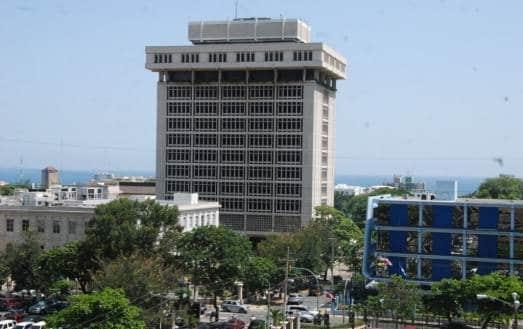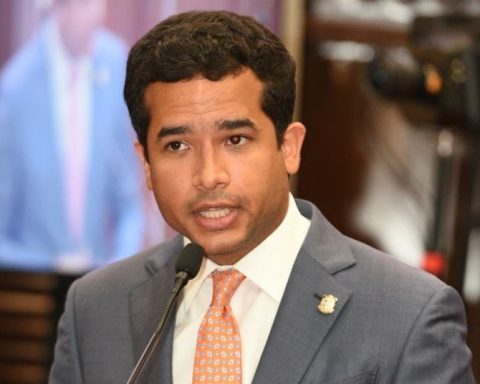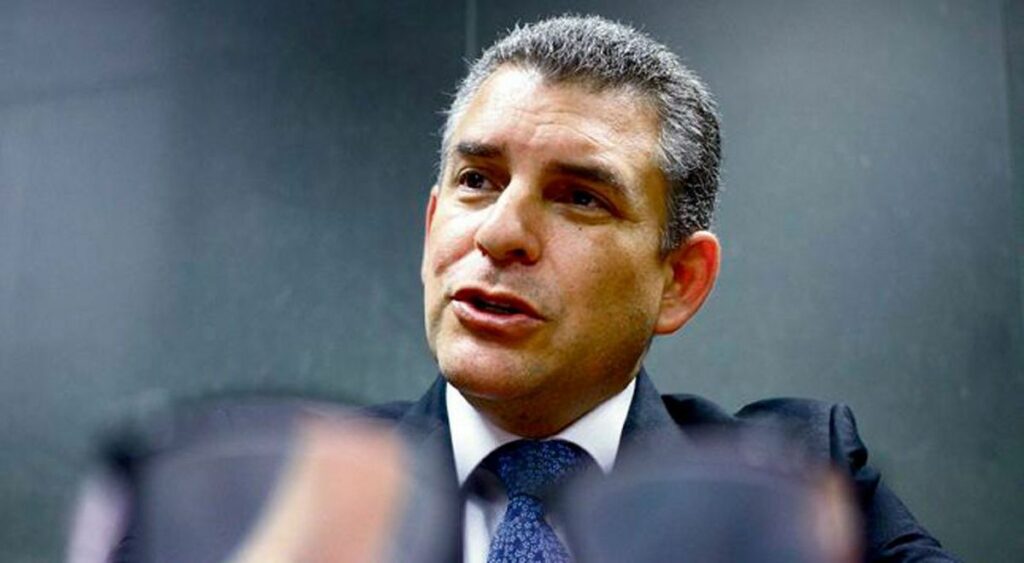After the decision of central bank of the Dominican Republic (BCRD) to increase your interest rate of monetary policy (TPM) by 25 basic points, going from 8.25% to 8.50% per year, economists consider that the loans of consumption and mortgages would be affected.
“The effects on consumer loansin particular, will be affected by the rise in interest rates and the same will happen to a lesser extent with the mortgage loans”, pointed out the economist Iván Rodríguez.
Also, he pointed out that the immediate effects on the side of the inflation they are already reflected in the consumer price index (CPI). That’s the goal of that monetary politicsexplained the economist to Free Journaladding that it is being applied by central banks all over the world where inflation she’s tall.
Instead, Rafael Espinal, coordinator of the economics degree at the Technological Institute of Santo Domingo (intech), indicated that this increase in the monetary policy rate is intended to further restrict money in circulation to combat inflation.
“The central bank responds to an inelasticity observed in the aggregate demandwhich means that despite the inflationconsumption remains high and has not responded effectively to sustained increases in the rate of monetary politics throughout the year,” he said.
In addition, he specified that the measure corresponds to the trend of the monetary politics of the Fed in the USA and is taken to avoid capital flow in dollars from Dominican Republic to USA.
Espinal said that the rhythm of the inflation is going down, but still very far from the goals of the central bankfor which further increases are expected in the monetary policy rate. “I would say that the effect has been less than expected by the monetary authorities”.
The BCRD explained on Monday that, due to the timely start of the process of increases to the policy rate (TPM) in November of last year, the transmission mechanisms of the monetary policya have been operating effectively, so it is expected that the inflation year-on-year growth will continue to slow down in the coming months.
Indeed, he indicated BCRDwith this increase of 25 basic points and under the economic forecasts current, the interest rate reference has reached the appropriate level so that the inflation converge to the target range of 4% ± 1% before the end of the second quarter of next year.
In effect, the restrictive monetary measurestogether with lower expectations of inflationhave contributed to the interest rate interbank real is approximately one percentage point above its estimated neutral level.
Also, the central bank indicated that a favorable differential has been maintained with respect to interest rates in advanced economies, contributing to capital flows.
In turn, there is evidence of a significant slowdown in monetary aggregates and a increase in the interest rates of the multiple bankingmainly in the passive.
He stressed that in the complex current scenario, the risks remain high. In that sense, “the BCRD will be permanently monitoring the financial conditions external and to the expectations of the economics agentsin case it is necessary to take additional measures to preserve price stability.

He argued that, in international environmentgeopolitical tensions have caused a deterioration of the economic projections global.
In that order, in his most recent report of the World Economic Outlookthe International Monetary Fund (IMF) forecasts a global growth for the current year 2022 of 3.2%, while the prospects for the inflation world.
He explained in his document that, in USA of America, our main trading partner, year-on-year growth stood at 1.8% in the third trimesterequivalent to an annualized quarter-on-quarter expansion of 2.6%, after contracting during the first two quarters of the year.
In this way, concerns were alleviated that the american economy is currently in recession.
On the other hand, the authorities of the central bankexplained that the year-on-year inflation it begins to moderate, going from 9.1% in June to 8.2% in September, although it still remains well above its goal of 2.0%.
In that context, the Federal Reserve has increased his Reference rate by 300 basis points during this year and another increase of 75 basis points at its next meeting on November 2.
Refering to Euro zoneeconomic conditions are being affected by the war conflict between Russia and Ukraine; projecting a growth of 3.1% for 2022, while the inflation it increased to 10.7% in October, the highest since the creation of this bloc of countries.
European Central Bank
Against this background, the European Central Bank increased its MPR by 75 basis points in October, accumulating a increase of 200 basic points in the year. For their next meeting, analysts weigh as very likely another increase of 75 basis points in the interest rate reference.
Latin America
In Latin Americaalmost all the central banks have increased their monetary policy rates placing them significantly above pre-pandemic levels, as is the case of:
- Argentina (reference rate at 75.00%.),
- Brazil (13.75%),
- Chile (11.25%),
- Colombia (11.00%).
In addition, Uruguay (10.75%), Mexico (9.25%), Costa Rica (9.00%), Paraguay (8.50%), Dominican Republic (8.50%), Peru (7.00%), Nicaragua (6.00%) and Guatemala (3.00%).


















